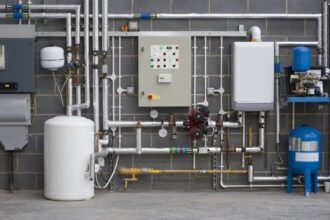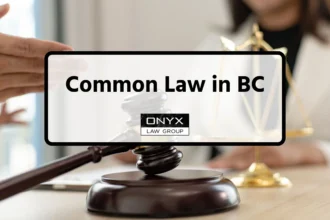When managing a House in Multiple Occupation (HMO), safety is not just a legal obligation it’s a moral responsibility. Among the various safety features an HMO property must have, fire doors are crucial in preventing fire-related tragedies. Fire doors play a key role in protecting lives, slowing down the spread of fire and smoke, and allowing enough time for tenants to evacuate safely, notes leading property management company.
What Are HMO Fire Doors?
HMO fire doors are specially designed doors that resist fire and smoke for a set period, typically 30 to 60 minutes, allowing people inside the property to escape in the event of a fire. These doors are essential in HMO fire doors due to the higher risk associated with shared living spaces, such as kitchens, electrical usage, and occupancy.
Key Characteristics of Fire Doors:
- Fire-resistance rating (FD30, FD60, etc.)
- Intumescent seals that expand under heat to block smoke
- Self-closing mechanisms
- Proper fitting and certified hardware (hinges, latches, etc.)
Why Are Fire Doors Important in HMOs?
In a House in Multiple Occupation (HMO), unrelated tenants live together while sharing key facilities like kitchens and bathrooms. This arrangement naturally increases fire risks due to multiple cooking appliances in use, varied safety habits among tenants, and more complicated escape routes during emergencies. These factors make fire safety a top priority for landlords.
Fire doors play a crucial role in such properties. Firstly, they are life-saving—by slowing the spread of fire and smoke, they provide tenants with extra time to escape. Secondly, they offer property protection, helping to minimize the damage fire can cause to the structure and contents of the building. Finally, legal compliance is a major reason to install fire doors. Without them, landlords can face heavy fines, invalidated insurance policies, and even prosecution for putting tenant lives at risk.
Legal Requirements for HMO Fire Doors in the UK
The UK enforces strict fire safety laws for HMO properties under the Housing Act 2004 and the Regulatory Reform (Fire Safety) Order 2005. In addition, local councils may impose further licensing requirements that landlords must meet, particularly concerning the installation and upkeep of fire doors.
According to legal guidelines, fire doors must be installed on all key escape routes, which commonly include bedroom and kitchen doors. These doors must also be fitted with self-closing mechanisms, intumescent seals, and smoke strips to effectively block the passage of fire and smoke. It’s also essential that escape routes remain clear and unobstructed at all times.
Where Should You Install Fire Doors in an HMO?
To comply with fire safety regulations, you should install fire doors in the following areas:
- All bedrooms: Especially if they open onto a communal hallway.
- Kitchen: Due to higher fire risk.
- Lounge/living rooms: If it forms part of an escape route.
- Boiler or utility rooms: Contain potentially hazardous equipment.
How to Ensure Your HMO Fire Doors Are Compliant
To be sure that your HMO fire doors meet legal and safety requirements, follow these steps:
1. Purchase Certified Fire Doors
Always buy doors that meet British Standards (BS 476 or BS EN 1634) and are rated FD30 or FD60.
2. Use Competent Installers
Improper installation makes even the best fire doors ineffective. Use experienced, qualified installers familiar with HMO properties.
3. Inspect and Maintain Regularly
Like any safety feature, fire doors must be maintained. Check regularly for:
- Door alignment
- Seal integrity
- Functioning closers and latches
Common Mistakes Landlords Make with Fire Doors
Even well-meaning landlords can make critical errors. Avoid these common mistakes:
- Using standard doors instead of certified fire doors
- Removing self-closing devices to stop doors from slamming
- Painting over seals or obstructing them
- Allowing tenants to wedge doors open
Choosing the Right Fire Door Service in London
If you’re a landlord in London managing an HMO, you need a reliable service provider that understands HMO-specific requirements. Professional companies not only supply and install certified fire doors but also help with fire risk assessments and long-term maintenance.
Final Thoughts
Fire doors are not just another checkbox on your HMO checklist—they’re a vital part of keeping your tenants safe and your property legally compliant. From selecting the right type to proper installation and maintenance, every step matters. By staying informed and working with certified professionals, you protect your tenants and your livelihood.

















